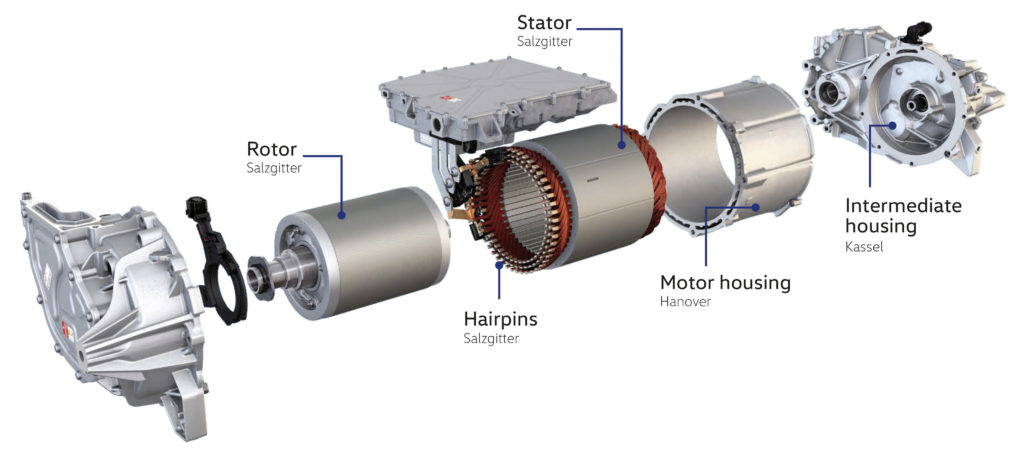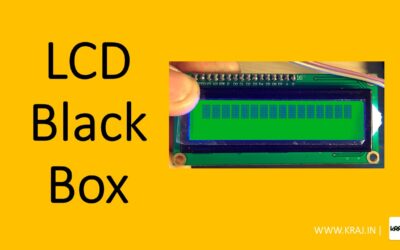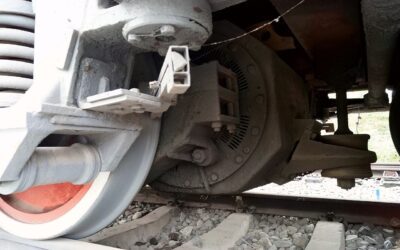Theory
INTRODUCTION:
- Whenever the term electric motor or generator is used, we tend to think that the speed of rotation of these machines is totally controlled only by the applied voltage and frequency of the source current. But the speed of rotation of an electrical machine can be controlled
precisely also by implementing the concept of drive. - The main advantage of this concept is the motion control can be easily optimized with the help of drive. In very simple words, “the system which controls the motion of the electrical machines, are known as electrical drives”.
- A typical drive system is assembled with an electric motor and a sophisticated control system that controls the rotation of the motor shaft. Now a day this control can be done easily with the help of software. So, the controlling becomes more and more Accurate and this concept of drive also provides the ease of use.
- This drive system is widely used in large number of industrial and domestic applications like factories, transportation systems, textile mills, fans, pumps, motors, robots etc. Drives are employed as prime movers for diesel or petrol engines, gas or steam turbines, hydraulic motors and electric motors.
HISTORY OF DC DRIVE
Electrical drives was first designed in Russia in the year 1838 by B. S. Lakobi, when he tested a DC electric motor supplied from a storage battery and propelled a boat. But industrial adaptation occurred after many years as around 1870. Today almost everywhere the application of electric drives is seen.
STATE OF ART OF DC DRIVE
In the past induction and synchronous motor drives were mainly used in fixed speed applications. Variable speed applications were dominated by DC motor drives. Emergence of thyristor in 1957 lead to development of variable speed induction motor drive. In late sixties which were efficient and could match the performance of DC drives. Consequently, because of the advantages of squirrel-cage induction motor over DC motors. It was predicted that induction motor drives will replace DC drives in variable speed applications. However, following hurdles forbidden for the prediction to come true:
1. Although squirrel-cage induction motor was cheaper than DC motor, the converter and control circuit of an induction motor drive was very expensive compared to those for a DC drive. Therefore, total cost of an induction motor drive was significantly higher than that of a DC drive.
2. While the technology of DC drives was well established, that of AC was new.
3. AC drives were not as reliable as DC.
4. Development in liner and digital ICs, and VLSIs were helpful in improving the performance and reliability of AC drives. But then this development also led to similar improvements in DC drives.
Improvement in thyristor capabilities, availability of power transistors in early seventies and that of GTOs and IGBTs in late seventies and late eighties respectively; reduction in cost of thyristor, power transistors and GTOs; developments of VLSIs and microprocessors; and improvement in control techniques of converters have resulted into reduction in cost, simple controllers, and improvement in performance and reliability for AC drives. Although even now majority of variable speed applications employ DC drives, the AC drive are preferred over DC drives in a number of application with the results, AC drive application are growing.
Induction motor drives find application with the result, AC drive application and synchronous motor drives are employed in very high power and medium power drives. The permanent magnet synchronous motor and brushless DC motor drives are being considered for replacing for replacing DC servo motors for fractional HP range. As the trend exists, application of AC drives will continue to grow. However, DC drives will also continue to be used for quite some time.





0 Comments